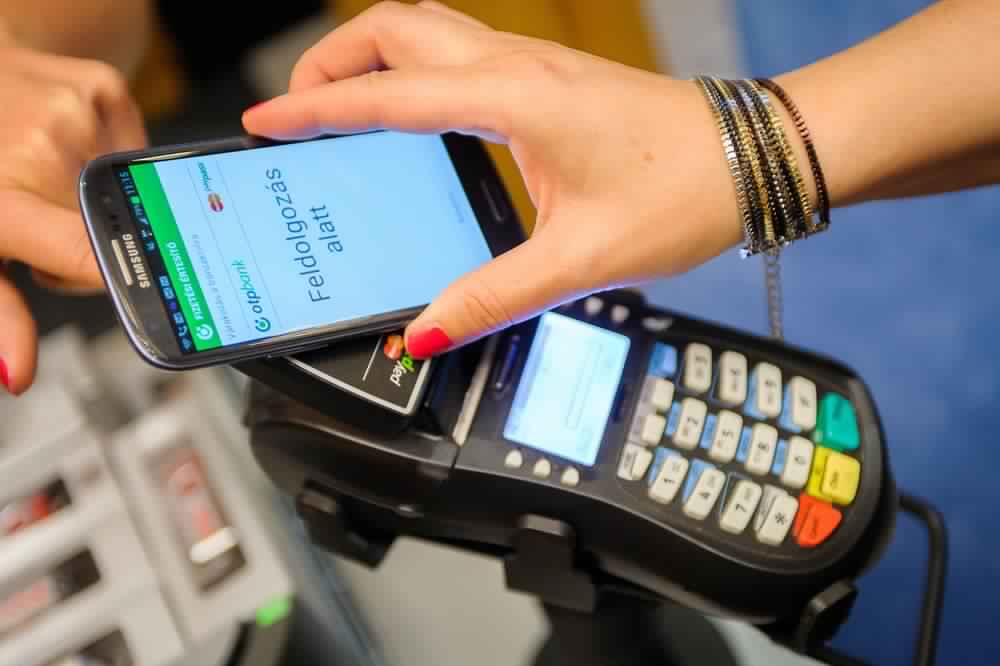India’s growing digital payments market, which is marked by inflection points such as demonetization and UPI launch 2016 and now Covid pandemic, is likely to have a share of around 2.2 per cent in the world’s digital payments market by 2023, said consulting firm PwC and Payment Council of India in a report. The growth for India’s digital payments has come on the back of multiple retail payment products launched including Bharat QR, Aadhaar Enabled Payment System (AePS), National Electronic Toll Collection (NETC), Bharat Bill Payment System (BBPS), and Rupay Cards. The digital payments market globally, according to the report titled Empowering payments: Digital India on the path of revolution, is likely to hit $12.4-trillion mark in transaction value by 2025 up from $3.7 trillion in 2019.
While UPI grew from $928 million in FY17 to $117 billion in FY 2019 in transaction value, it is likely to further grow to $117 billion by FY 2023 at a CAGR of 228 per cent. In terms of volume, it is likely to scale from 5.35 billion in FY19 to 59.77 billion in FY23 at a CAGR of 287 per cent. “UPI, as proxy-based payments in India launched by the NPCI, has broken all records in the Indian payments industry. UPI transactions have been growing ever since its launch. UPI has been proven to be a masterpiece of NPCI, breaking the records year over year,” the report said. Similarly, BBPS transactions will grow at 436 per cent CAGR from $146 million in FY 2018 to $12.6 billion in FY 2023. Rupay Card transactions will also grow at 68 per cent from $15.7 billion in FY19 to $25.5 billion in FY23.
This also factored in the growth across these instruments witnessed post-Covid, that is, after April 2020 even as it has become imperative for businesses straddling both online and offline worlds to provide different payment options to consumers combining in-store and digital payments channels seamlessly. For instance, UPI volume declined from 1,325.7 million in February 2020, 999.6 million in April but scale back to 1,336.9 million in June 2020. “With collaborative efforts of the government, regulator and payment companies, the payments ecosystem is expected to improve in the future. The consumers would also play a crucial role in this transformation at the backdrop of increasing awareness and trust in the digital payment methods,” the report added.
A similar trend was visible in transaction volumes for BBPS and NETC. For BBPS, the volume fell from 15.9 million in March to 12.7 million in April followed by a near V-shaped recovery to 17.6 million transactions in June. NETC volume was down from 110.1 million in February to 10.3 million in April but scaled to 81.9 million-mark in June 2020.
Source: Financial Express
You may also like
-
Trade Connect E-platform For Exports Is Single Window, Fast, Accessible And Transformational: Shri Piyush Goyal
-
Dot Simplifies Approval Processes For Telecom Licenses And Wireless Equipment
-
Coal Production and Supply Trends on Positive Trajectory
-
Union Minister To Release Booklets On Promotion Of Indigenous Species & Conservation Of States Fishes
-
2nd India-Japan Finance Dialogue held in Tokyo on 6th September, 2024
